Garbage trucks, also known as refuse trucks or waste collection vehicles, are an essential part of modern urban life. They are responsible for collecting and transporting the waste generated by households, businesses, and institutions. Garbage trucks have come a long way since their invention, evolving from horse-drawn carts garbage trucks to modern automated garbage trucks. In this article, we will explore the history of garbage trucks and the technology that drives them.
The first garbage trucks were simple horse-drawn carts that were used to collect waste from urban areas. These carts were primitive and consisted of little more than a wagon with a lift mechanism that could be used to hoist barrels of garbage onto the cart. They were slow, labor-intensive, and inefficient, but they represented an important step in the evolution of garbage collection.
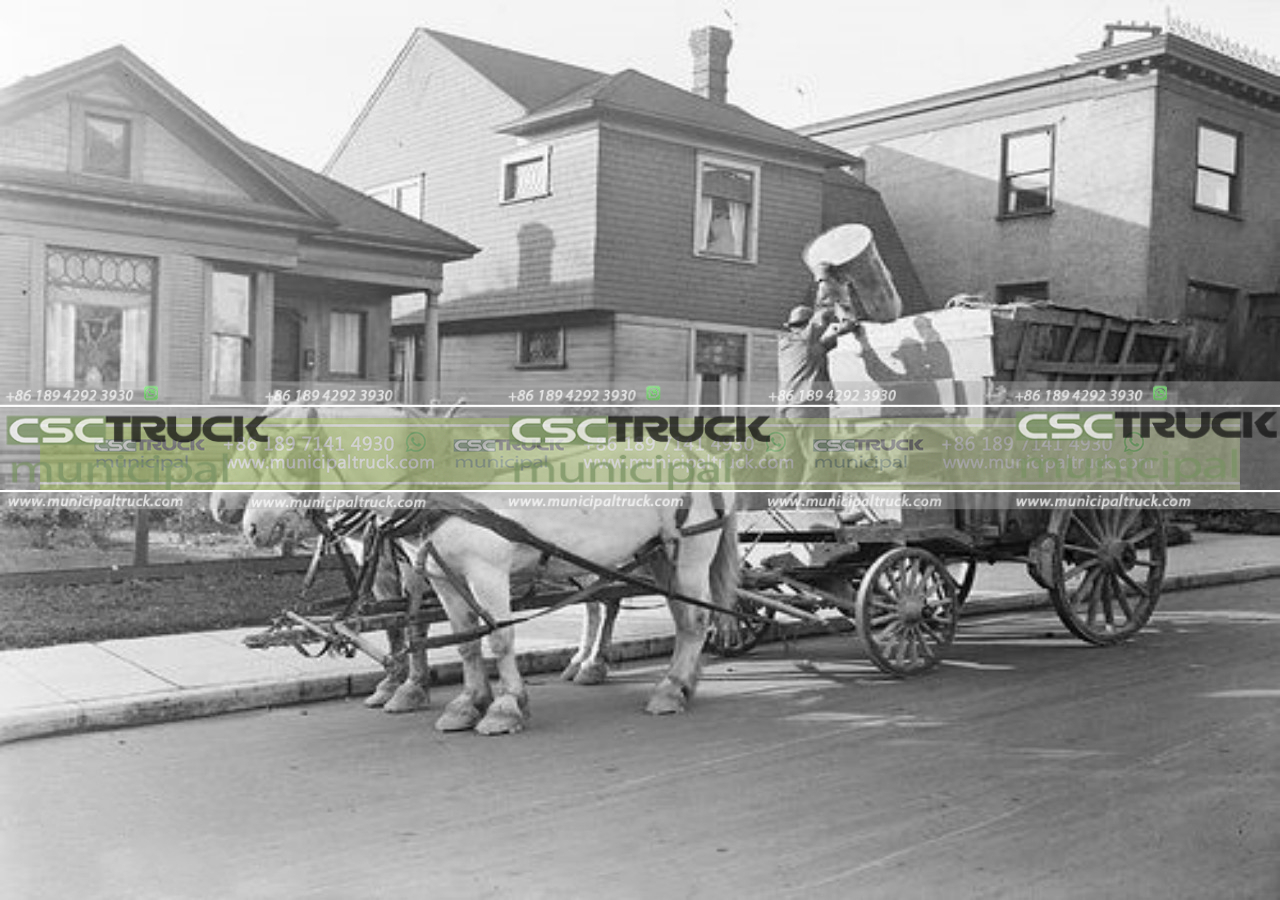
By the early 20th century, the first motorized garbage trucks had been invented. These trucks were an improvement over the horse-drawn carts, as they could travel faster and carry more waste. They also featured hydraulic systems that could be used to compact the garbage, reducing the number of trips required to transport the waste to the landfill.
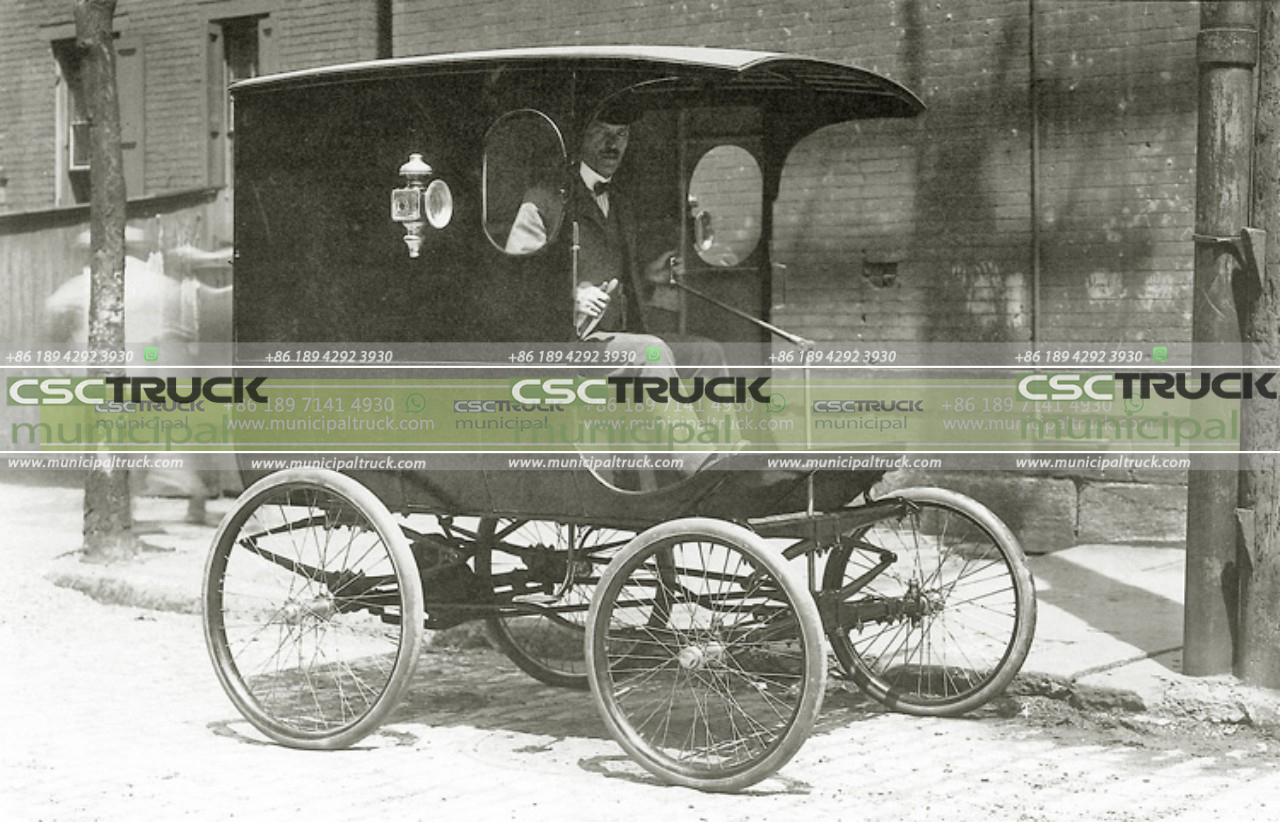
One of the most significant advancements in garbage truck technology came in the 1920s with the invention of the front-loading garbage truck. These trucks featured a hydraulic lift system that could be used to pick up and dump large containers of waste into the truck. This technology was a game-changer, as it allowed for faster and more efficient waste collection. It also eliminated the need for manual labor, as the containers could be lifted and dumped mechanically.
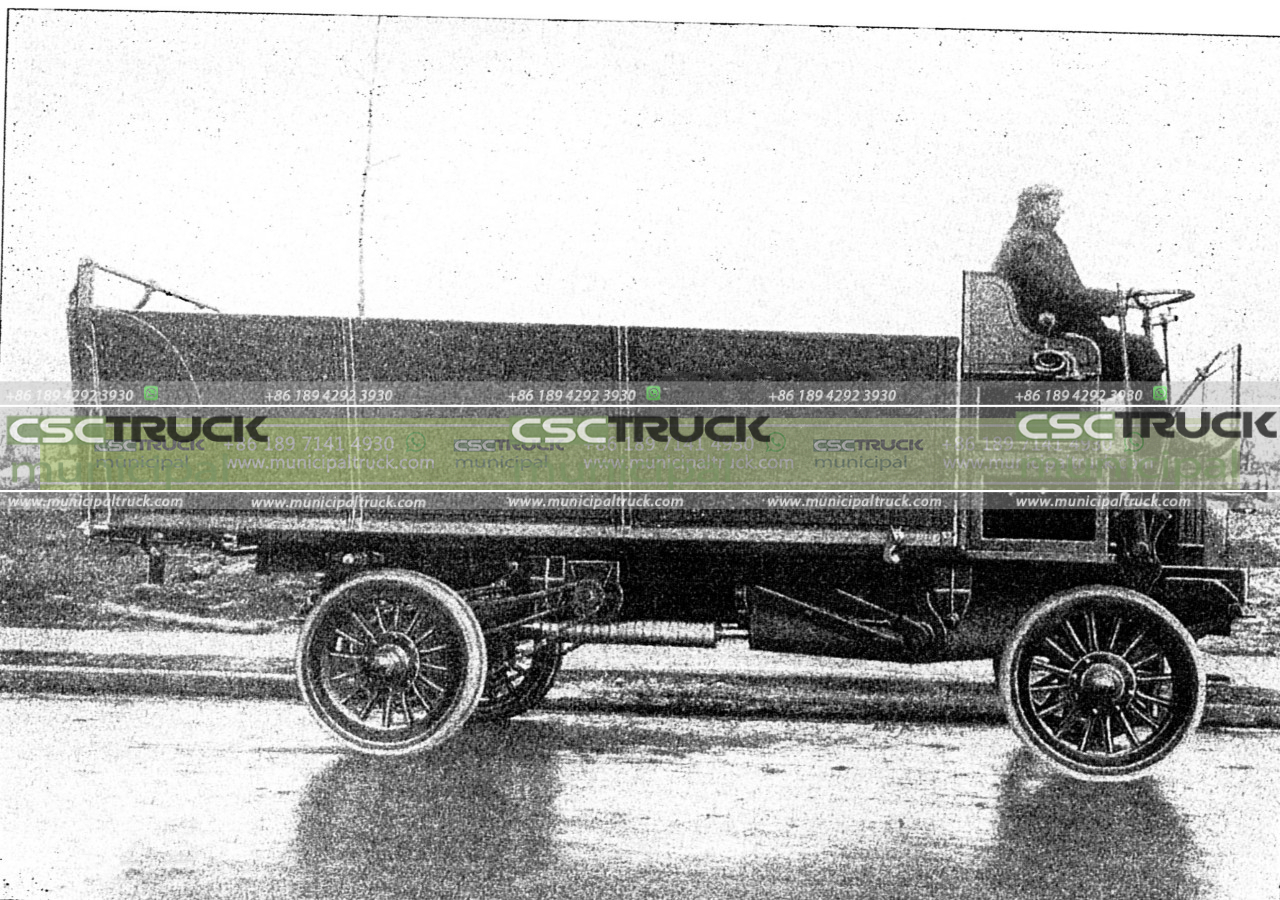
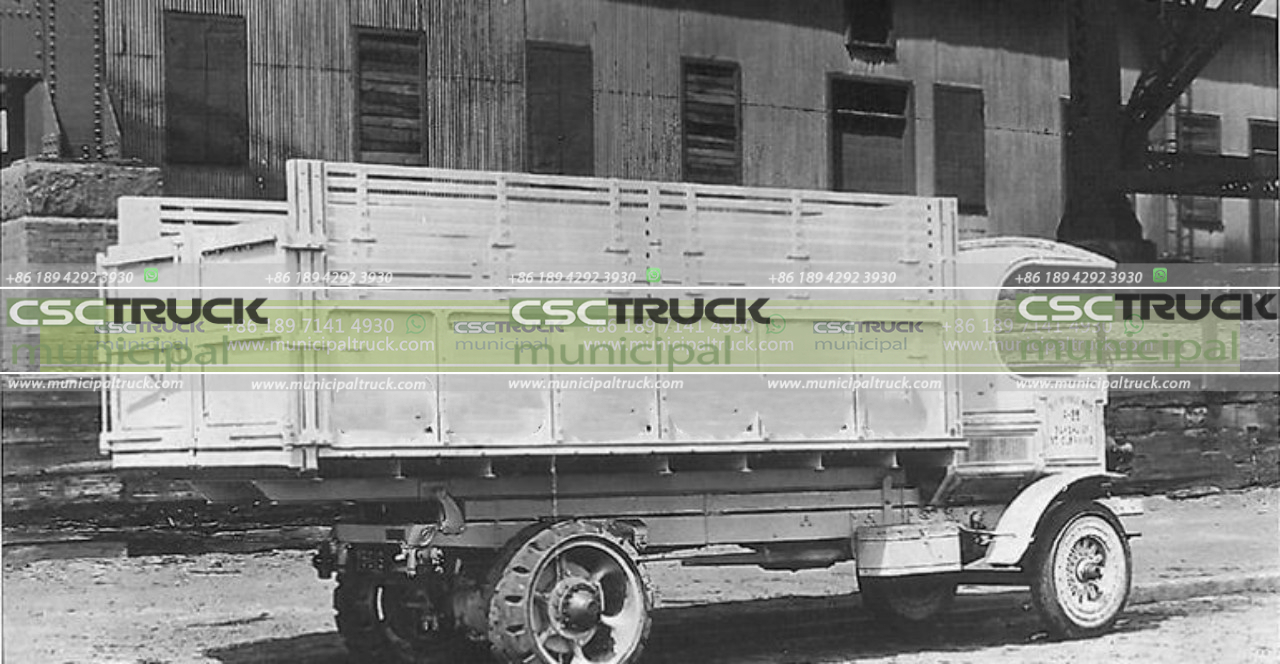
Another important development in garbage truck technology came in the 1950s with the invention of the rear-loading garbage truck. These trucks featured a hopper at the back that could be used to collect waste from multiple bins at once. The hopper could be raised and lowered hydraulically, making it easier to empty the truck at the landfill. The rear-loading garbage truck became the most common type of garbage truck in use, and it is still widely used today.
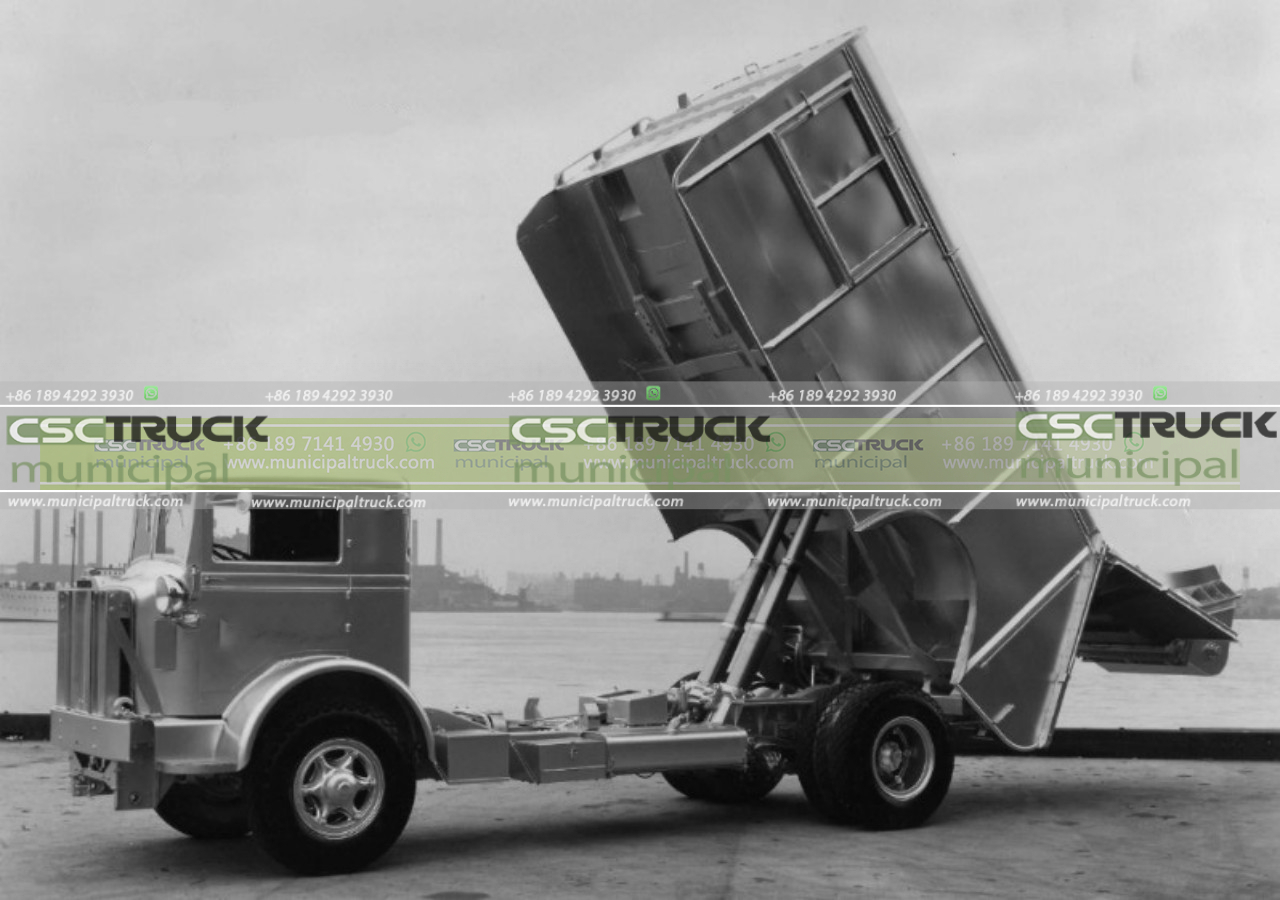
In the 1970s, the first automated garbage trucks were invented. These trucks featured a robotic arm that could be used to pick up and empty garbage cans automatically. This technology was a significant advancement over the previous generation of garbage trucks, as it eliminated the need for manual labor. It also reduced the time required to collect garbage, making the process faster and more efficient.
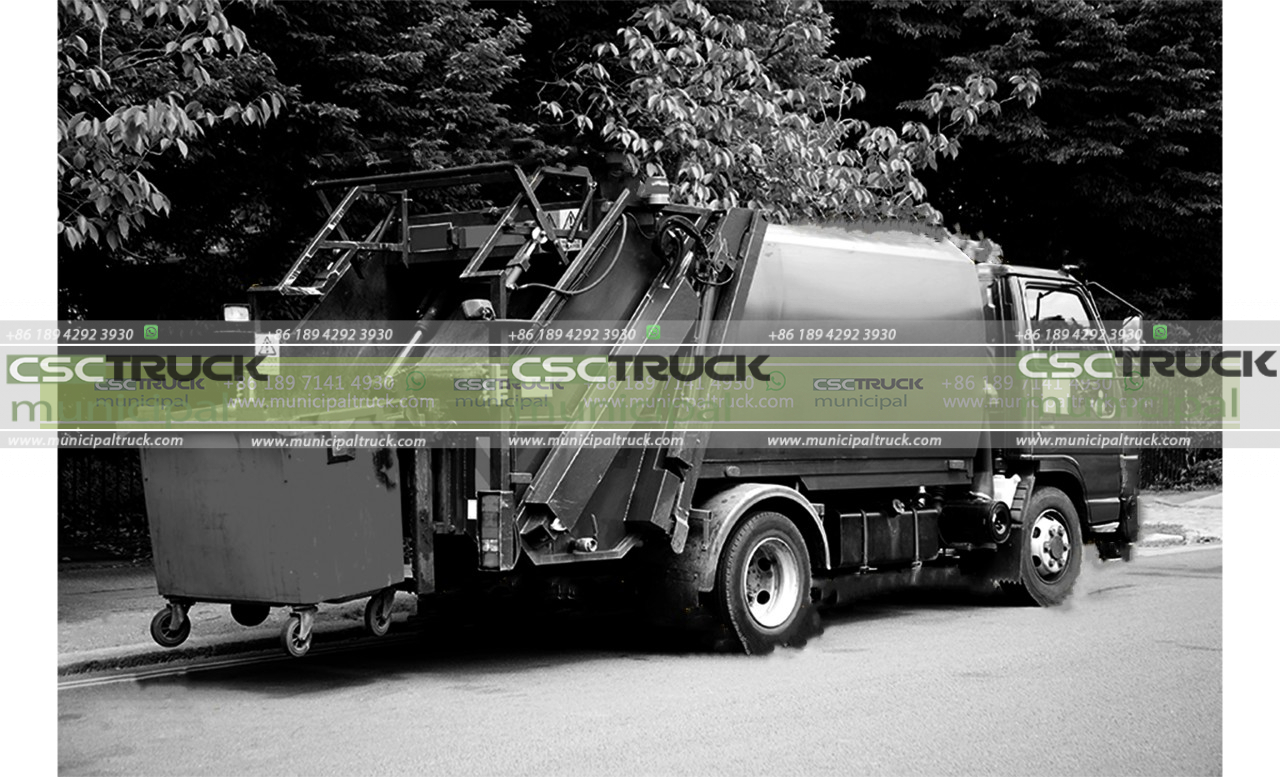
Today, automated garbage trucks are the standard in most urban areas. These trucks are equipped with sensors and cameras that allow the driver to see the waste containers and ensure that they are emptied correctly. They are also equipped with GPS systems that allow the driver to optimize their route and reduce travel time. Some automated garbage trucks are even powered by electricity or natural gas, making them more environmentally friendly than traditional diesel-powered trucks.
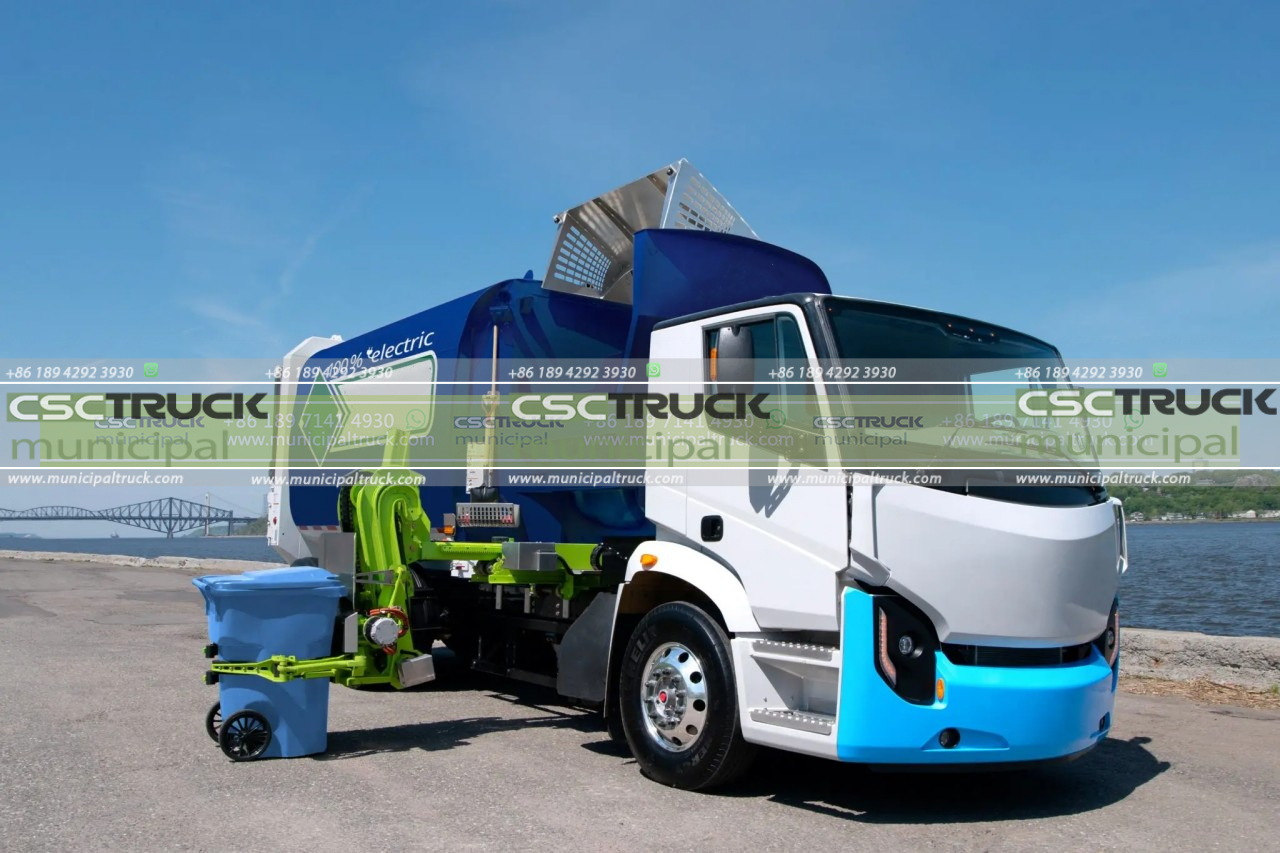
In addition to the advancements in garbage truck technology, there have also been significant improvements in waste management practices over the years. Landfills have become more advanced, with liners and leachate collection systems that help to prevent contamination of the surrounding environment. Recycling programs have also become more widespread, reducing the amount of waste that is sent to landfills in the first place.
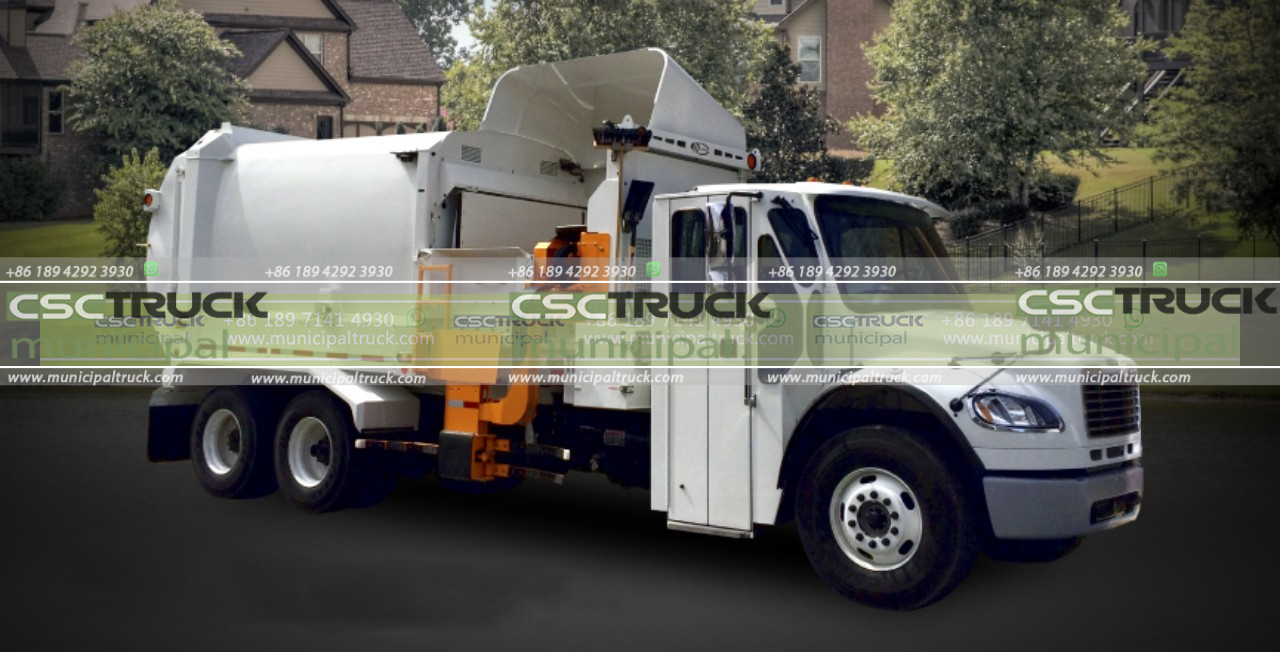
In conclusion, the history of garbage trucks is a story of innovation and progress. From the primitive horse-drawn carts garbage truck of the 19th century to the modern automated garbage trucks of today, garbage trucks have come a long way. The technology that drives them has made waste collection faster, more efficient, and safer for workers. As we continue to face environmental challenges, we must continue to innovate and improve our waste management practices to ensure a sustainable future.
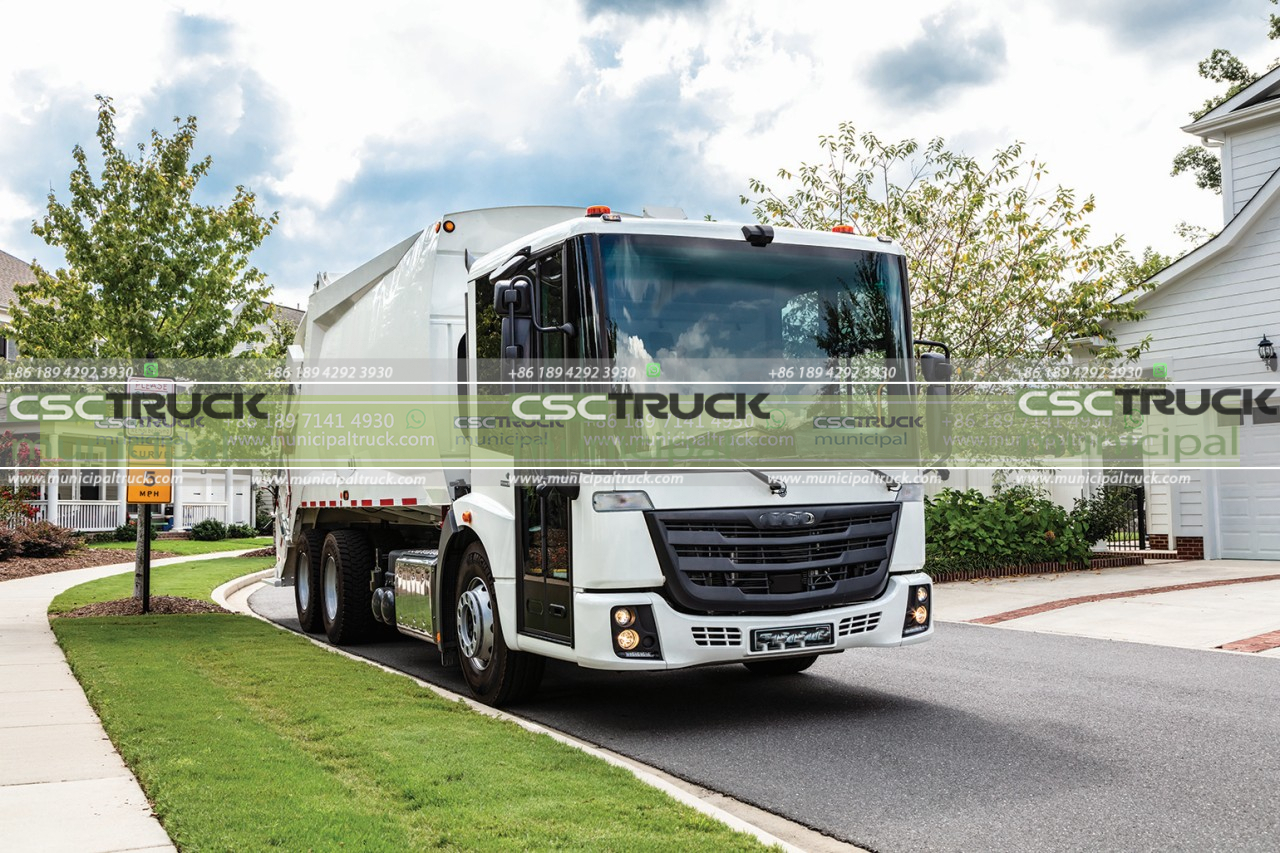
Contact us for this municipal truck or similar trucks: [email protected] Call us or What's APP us: +86 189 4292 3930







